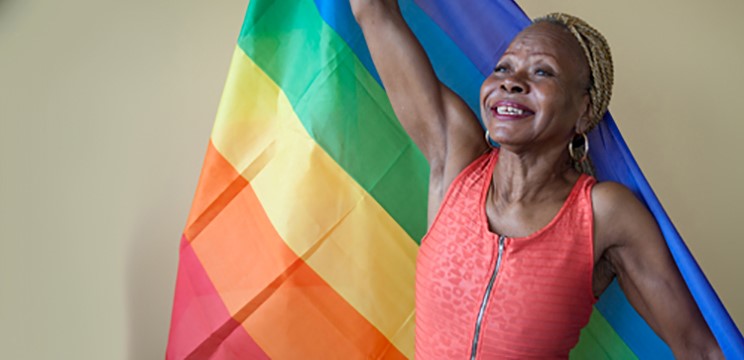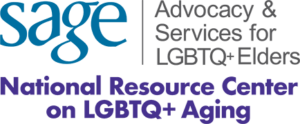
Each year, in October, communities worldwide celebrate LGBTQ+ History Month. This annual observance provides an opportunity to reflect upon the rich and diverse history of the lesbian, gay, bisexual, transgender, and queer (LGBTQ+) community. It is a time to acknowledge the struggles and triumphs that have shaped the LGBTQ+ rights movement while recognizing the individuals who have fought tirelessly for equality and acceptance. In this blog post, we will delve into the significance of LGBTQ+ History Month and explore some key moments in LGBTQ+ history that have paved the way for progress.
Origins of LGBTQ+ History Month:
LGBTQ History Month was first celebrated in the United States in 1994, organized by a high school history teacher named Rodney Wilson. Inspired by the successful implementation of Black History Month, Wilson saw the need to promote LGBTQ history and achievements. Since then, the observance has gained momentum and is now recognized and celebrated by individuals, organizations, and educational institutions worldwide.
Lesser-known LGBTQ+ History:
LGBTQ Activism in Nazi Germany: While the Nazi regime persecuted and targeted LGBTQ+ individuals, there were instances of resistance and activism. For example, the first recorded act of public protest by the Nazi regime was led by a group of cross-dressing gay and transgender individuals in Berlin in 1932.
The Daughters of Bilitis: The Daughters of Bilitis, founded in 1955, was the first lesbian civil and political rights organization in the United States. It provided a supportive community and advocated for lesbian visibility and rights at a time when homosexuality was heavily stigmatized.
The Lavender Scare: During the Cold War in the United States, the government initiated a campaign against LGBTQ individuals known as the “Lavender Scare.” Thousands of LGBTQ+ individuals were targeted and dismissed from government jobs due to their perceived “security risks.” This parallel witch-hunt to the better-known Red Scare had a lasting impact on LGBTQ rights.
Compton’s Cafeteria Riot: Before the Stonewall Riots, the Compton’s Cafeteria Riot was in 1966. Transgender women and other LGBTQ+ patrons of the Compton’s Cafeteria in San Francisco fought against police harassment and violence, making it one of the first recorded instances of queer resistance against police oppression.
The Zine Culture: In the 1980s and ’90s, zines (self-published magazines) became an essential medium for LGBTQ+ individuals to express themselves, share stories, and build community. These grassroots publications played a significant role in spreading information, creating connections, and empowering LGBTQ voices.
Two-Spirit Tradition: Indigenous cultures across North America have a long-standing tradition of recognizing and honoring Two-Spirit individuals. Two-Spirit refers to people who embody masculine and feminine qualities, often occupying unique community roles as healers, mediators, or spiritual figures.
Gilbert Baker and the Rainbow Flag: Designed by artist and LGBTQ+ activist Gilbert Baker in 1978, the Rainbow Flag quickly became an enduring symbol of LGBTQ+ pride and diversity. Initially, the flag had eight colors, each representing a different aspect of the LGBTQ+ community, but it was later adapted to the familiar six-color version we know today.
Celebrating Diversity and Inclusion:
LGBTQ+ History Month is about commemorating past achievements and celebrating the diversity within the LGBTQ community. It serves as a reminder that LGBTQ+ individuals come from all walks of life, ethnic backgrounds, and genders. Recognizing this diversity is essential for fostering a more inclusive and accepting society.
One of the primary goals of LGBTQ+ History Month is to educate and raise awareness about LGBTQ+ history, experiences, and challenges. Schools, colleges, and universities often incorporate LGBTQ topics into their curricula this month, promoting understanding, empathy, and acceptance among students and faculty.
Download How to Join In LGBTQ+ History Month
LGBTQ+ History Month is a necessary time to honor the struggles, victories, and contributions of the LGBTQ+ Community. It serves as a reminder of the progress that has been made and the work that still lies ahead.
By shedding light on the lesser-known aspects of LGBTQ+ history, we can appreciate the incredible resilience, contributions, and struggles that have shaped the LGBTQ+ community’s journey toward acceptance, inclusivity, and equal rights for all individuals regardless of their sexual orientation or gender identity.





